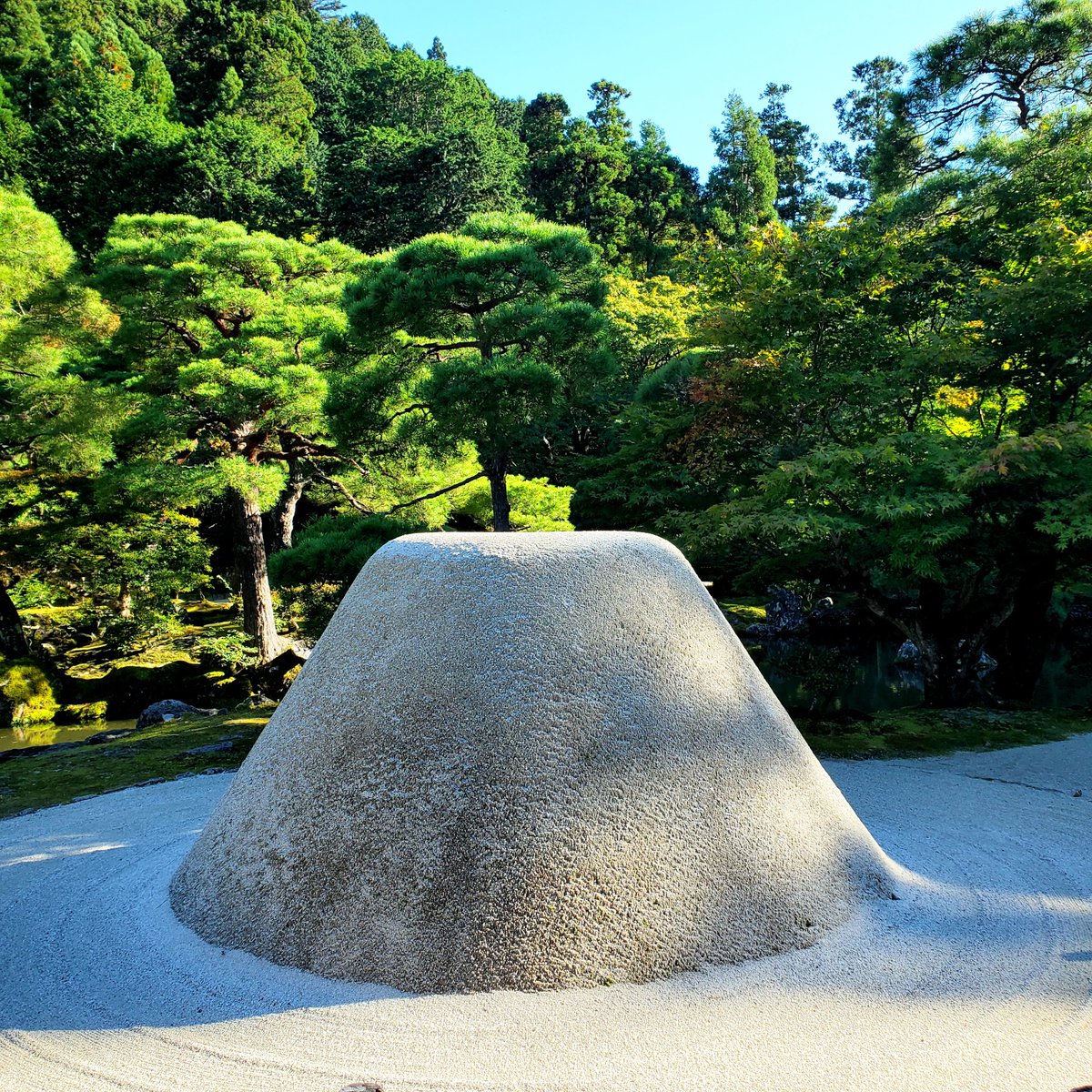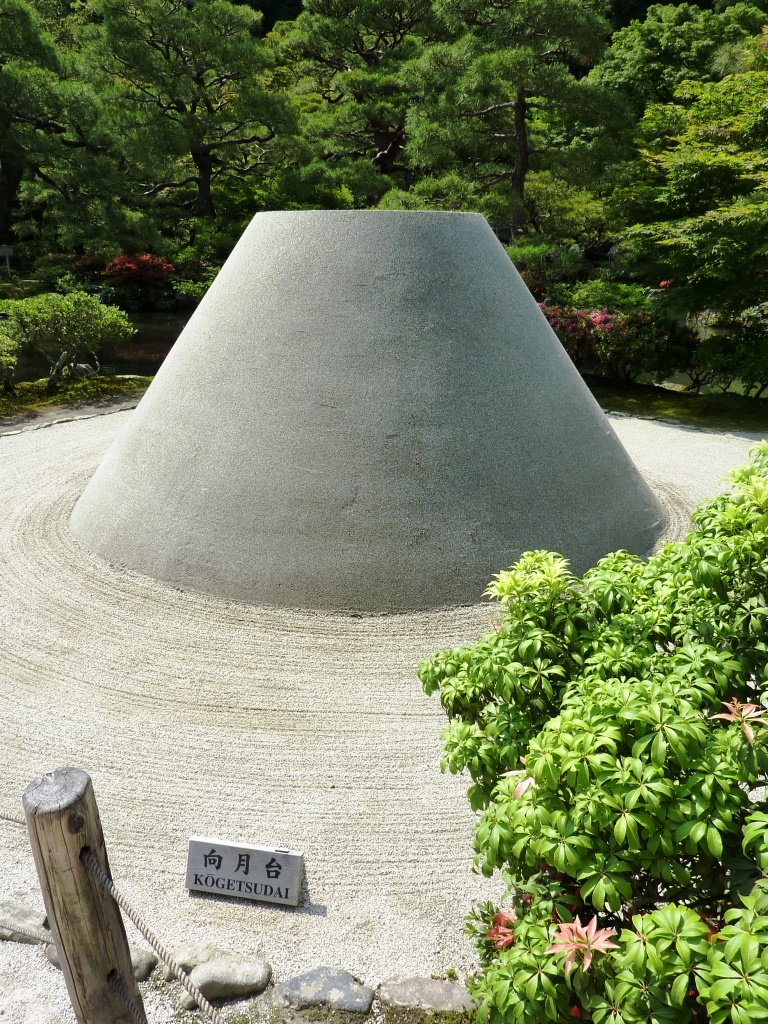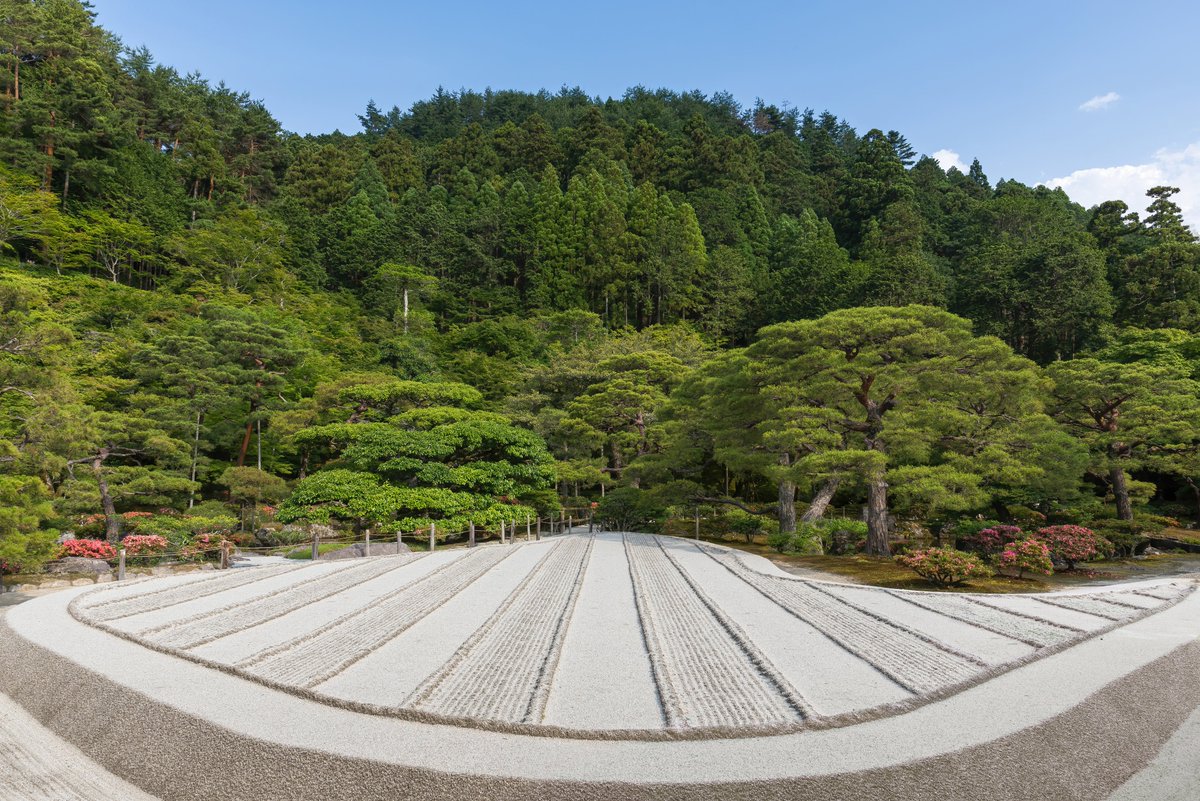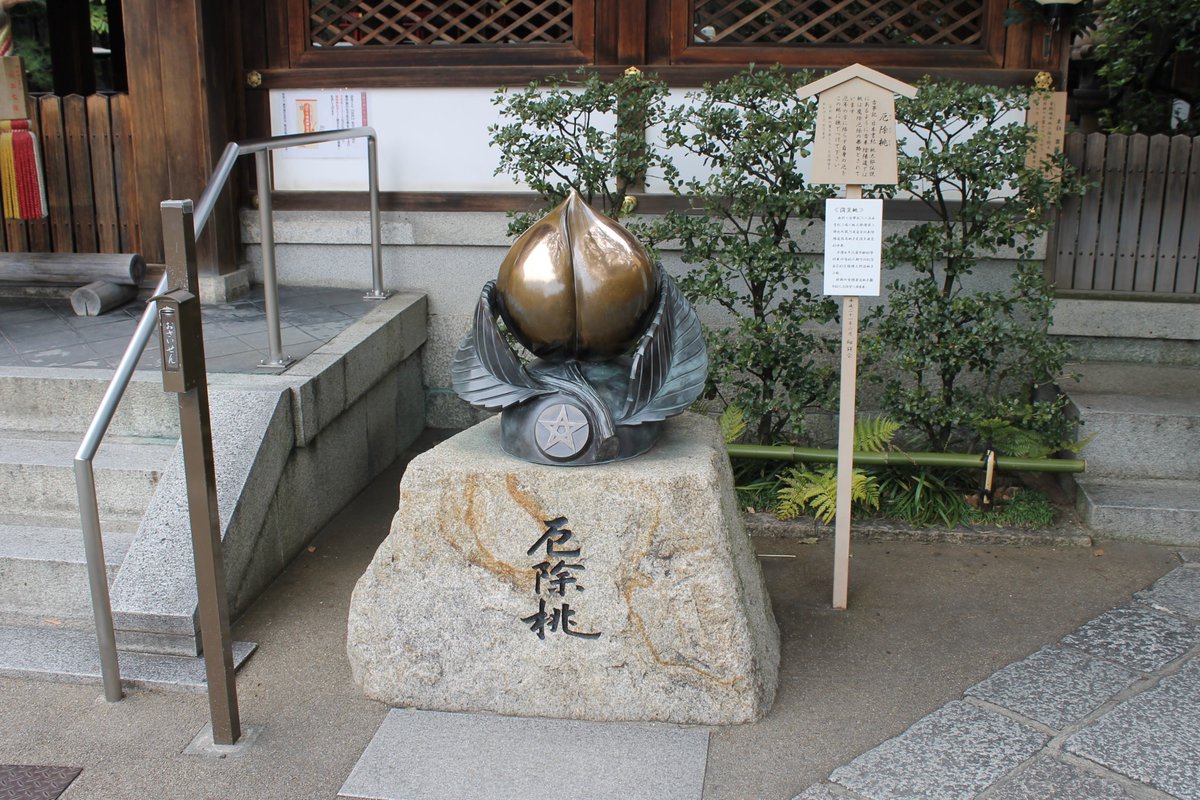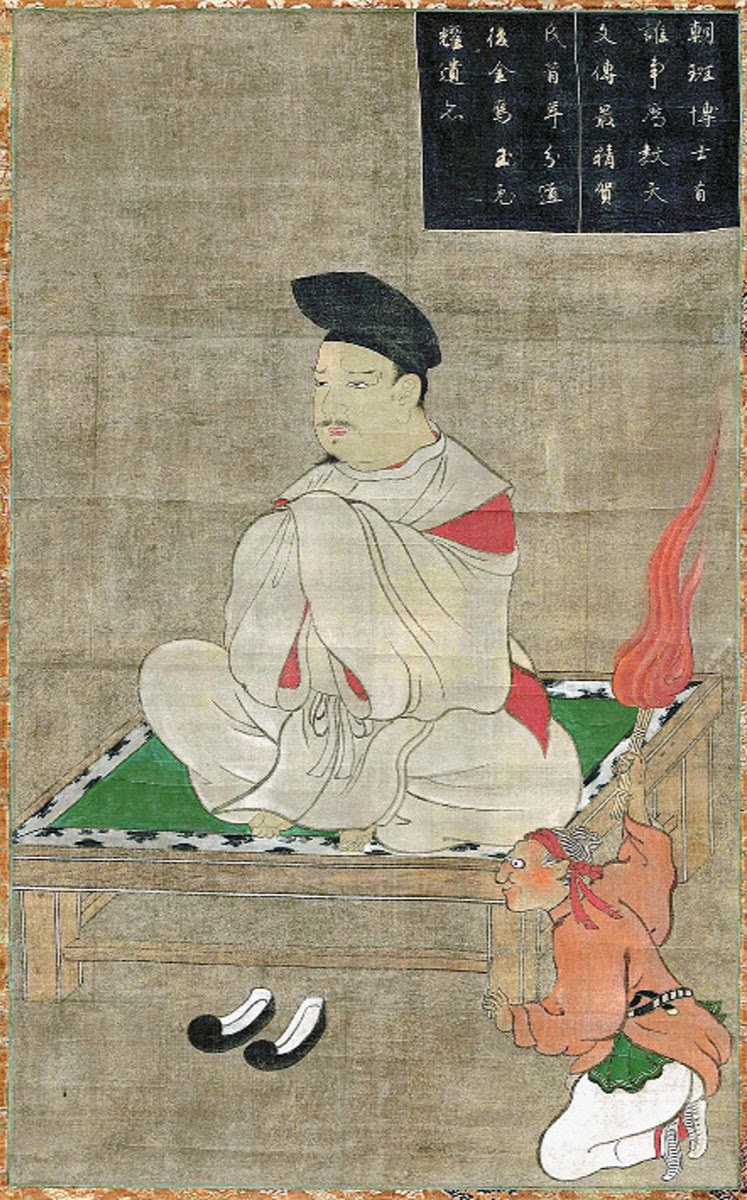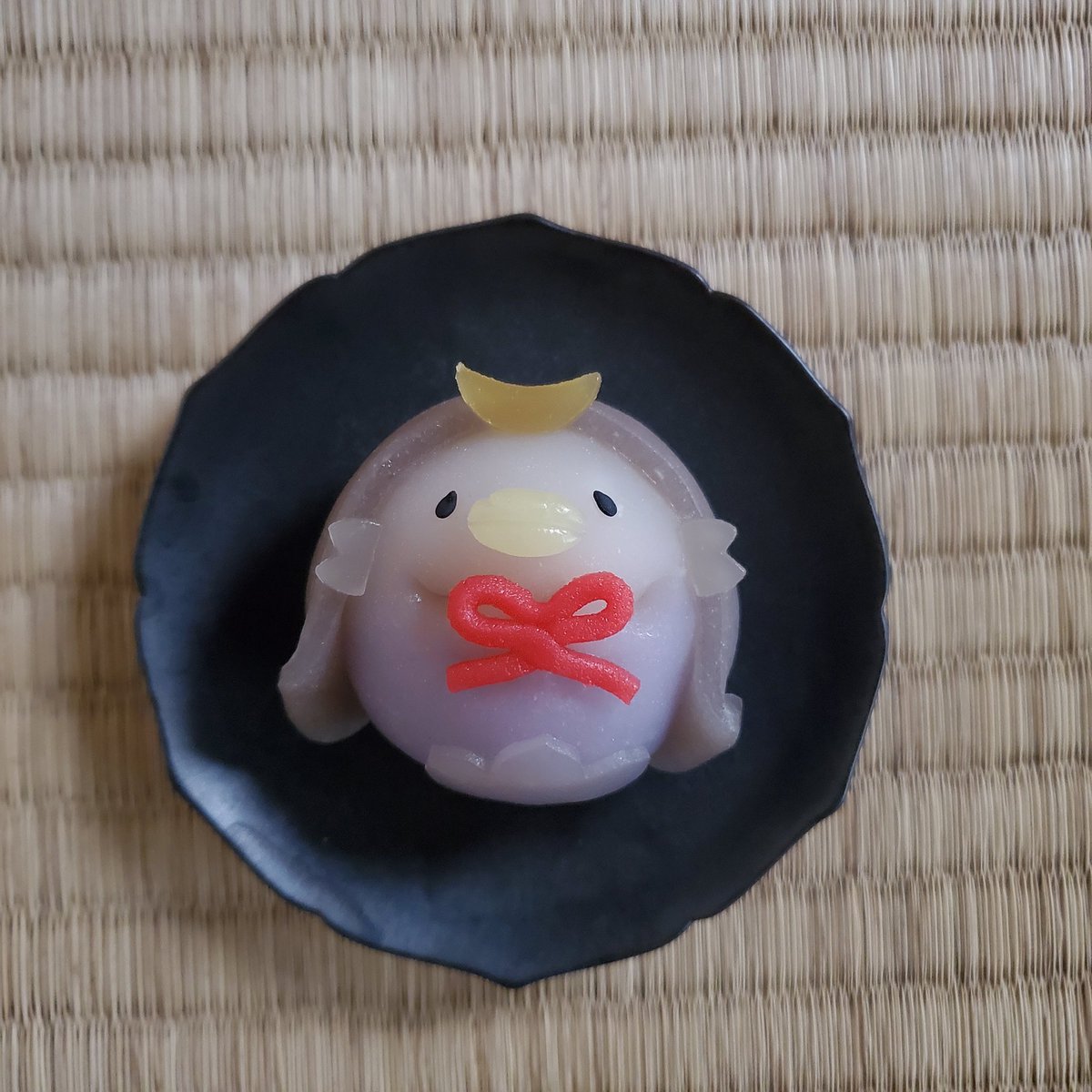
🪄ABE-NO-SEIMEI🦊
Abe-no-Seimei (安倍晴明 921-1005) is often thought of as the 'Merlin of Japan'.
Celebrated as Japan’s most successful onmyōji (陰陽師), Seimei served 6 emperors, & thanks to a prominent career and long (sickness free) life came to be viewed as a magical figure.



Abe-no-Seimei (安倍晴明 921-1005) is often thought of as the 'Merlin of Japan'.
Celebrated as Japan’s most successful onmyōji (陰陽師), Seimei served 6 emperors, & thanks to a prominent career and long (sickness free) life came to be viewed as a magical figure.

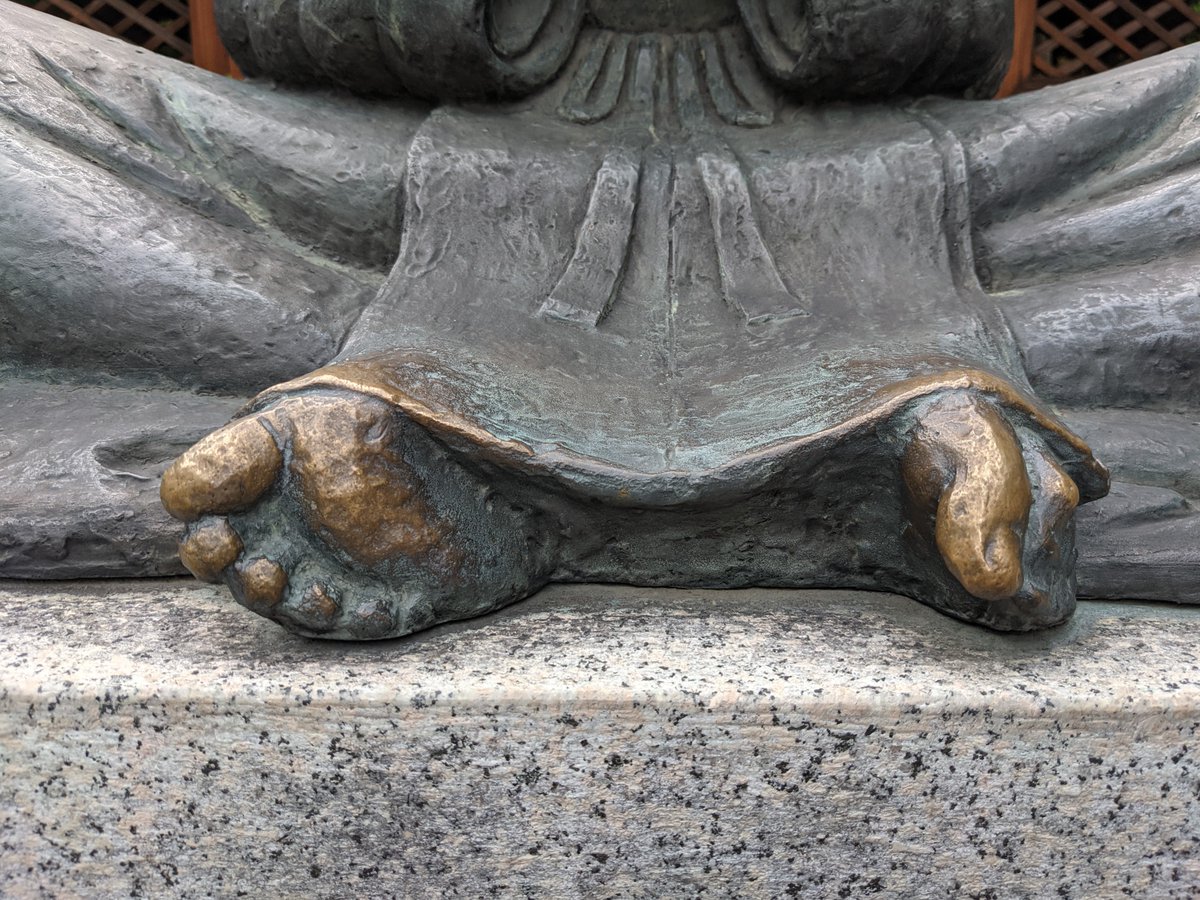


Long after he had died, Seimei was the subject of countless stories and miraculous legends.
As an onmyōji (陰陽師) Seimei worked in the palace's onmyō-ryō (陰陽寮 'Bureau of Yin-Yang Divination'), responsible for geomantic and spiritual matters.
#folklorethursday #Japan #Kyoto



As an onmyōji (陰陽師) Seimei worked in the palace's onmyō-ryō (陰陽寮 'Bureau of Yin-Yang Divination'), responsible for geomantic and spiritual matters.
#folklorethursday #Japan #Kyoto
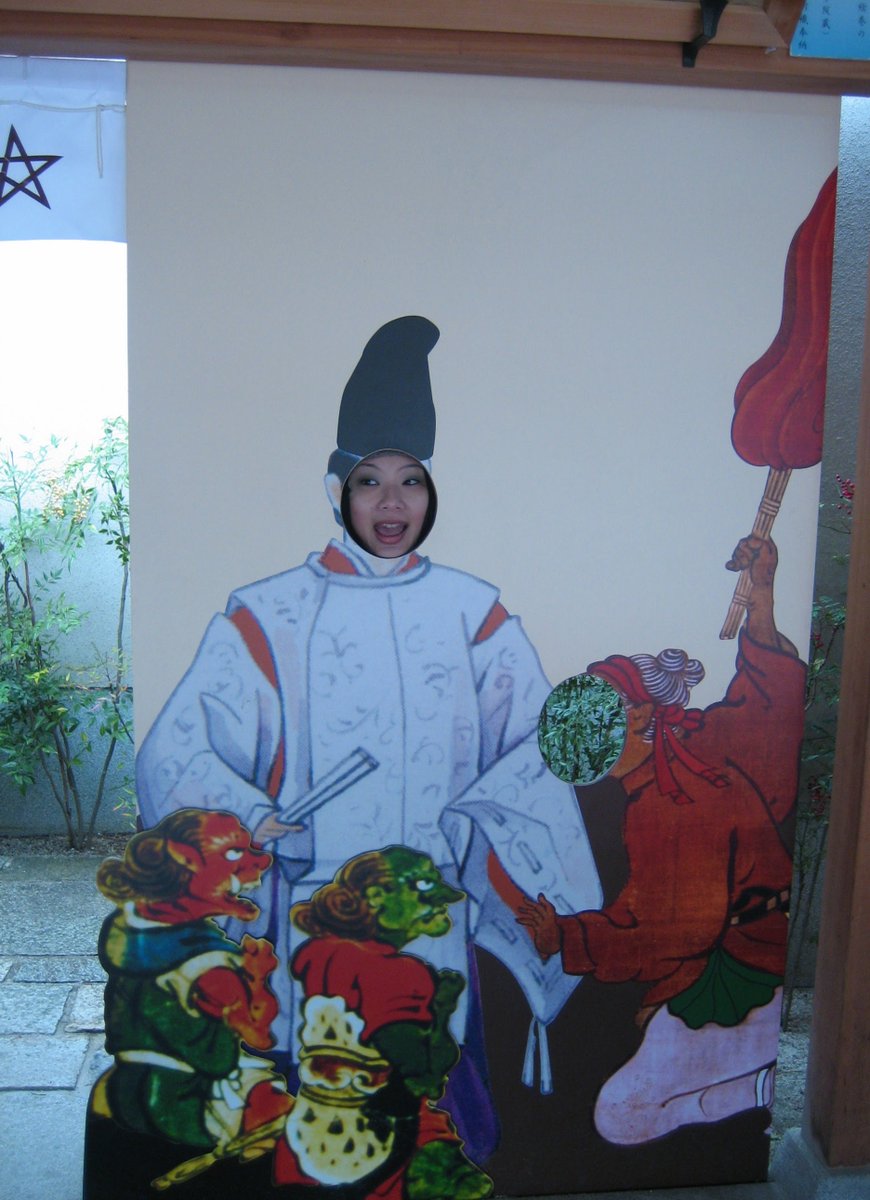



Amongst his many tasks was onmyō (Yin-Yang divination), tenmon (天文-astronomy), koyomi (暦-calendar making), & rōkoku (漏刻-time keeping).
Seimei was charged with protecting the court by predicting future events, something he became so adept at that he was in constant demand.



Seimei was charged with protecting the court by predicting future events, something he became so adept at that he was in constant demand.



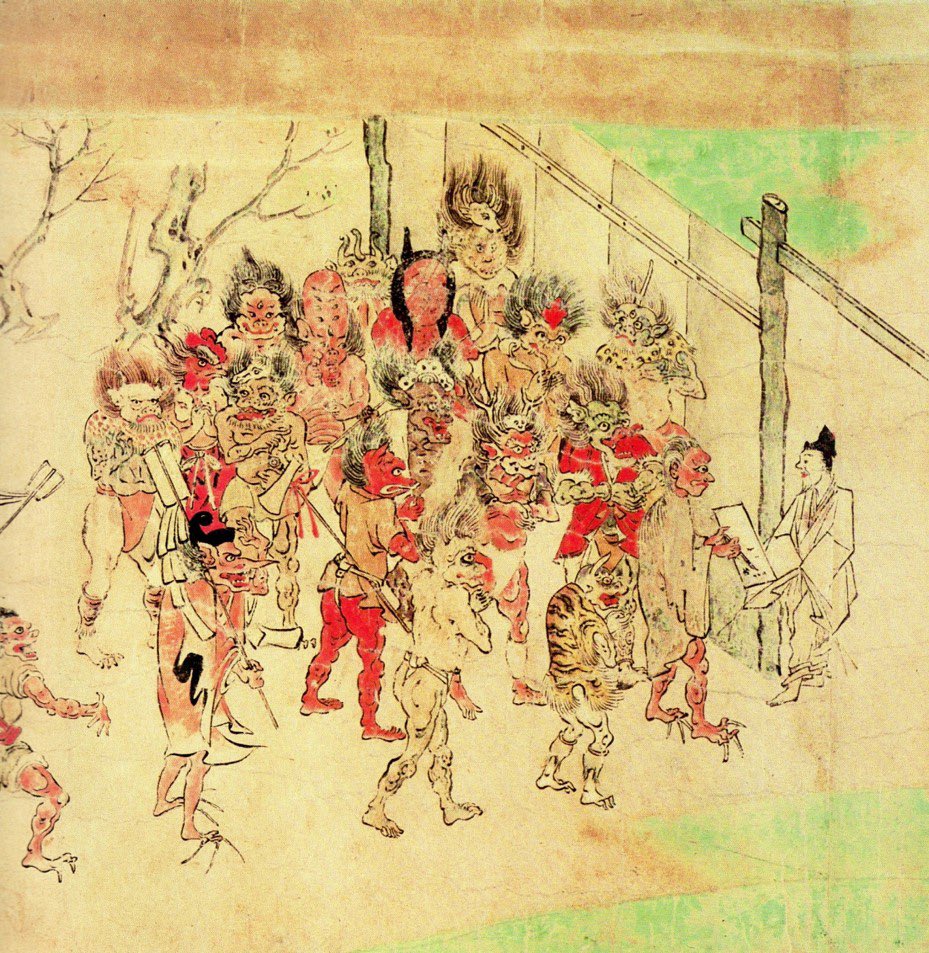
It is unclear who Seimei's parents were.
While it was rumored his mother was a shapeshifting fox-woman from the Shinoda woods (guardian of the Shinoda Shrine), in reality she was probably a member of the Kamo family (加茂社家).
The Kamo at this time dominated the onmyō-ryō.



While it was rumored his mother was a shapeshifting fox-woman from the Shinoda woods (guardian of the Shinoda Shrine), in reality she was probably a member of the Kamo family (加茂社家).
The Kamo at this time dominated the onmyō-ryō.




As for his father?
Abe-no-Yasuna (安倍保名), Abe-no-Masuki (安倍益材-Master of the Palace Table 大膳大夫) & Abe-no-Haruki (安倍春材-Governor of Awaji 淡路守) are all possibilities.
At a a young age Seimei became successor to the premier onmyōji, Kamo-no-Yasunori (賀茂保憲).
#京都



Abe-no-Yasuna (安倍保名), Abe-no-Masuki (安倍益材-Master of the Palace Table 大膳大夫) & Abe-no-Haruki (安倍春材-Governor of Awaji 淡路守) are all possibilities.
At a a young age Seimei became successor to the premier onmyōji, Kamo-no-Yasunori (賀茂保憲).
#京都




Most of what we know about Seimei comes from later stories, beginning with those in the Konjaku Monogatarishū (今昔物語集).
Supported by Emperor Suzaku (朱雀天皇), he would tell fortunes in the imperial presence & became a favourite of Emperor Murakami (村上天皇).
#folklore #京都



Supported by Emperor Suzaku (朱雀天皇), he would tell fortunes in the imperial presence & became a favourite of Emperor Murakami (村上天皇).
#folklore #京都




Noted for his skill in divining the sex of foetuses (useful for consorts wishing to produce the next male heir) and finding lost objects, by 972 Seimei had been promoted to Tenmon Hakase (天文博士), training onmyōji.
In 979 he was charged of ridding Mt. Nachi (那智山) of Tengu.



In 979 he was charged of ridding Mt. Nachi (那智山) of Tengu.


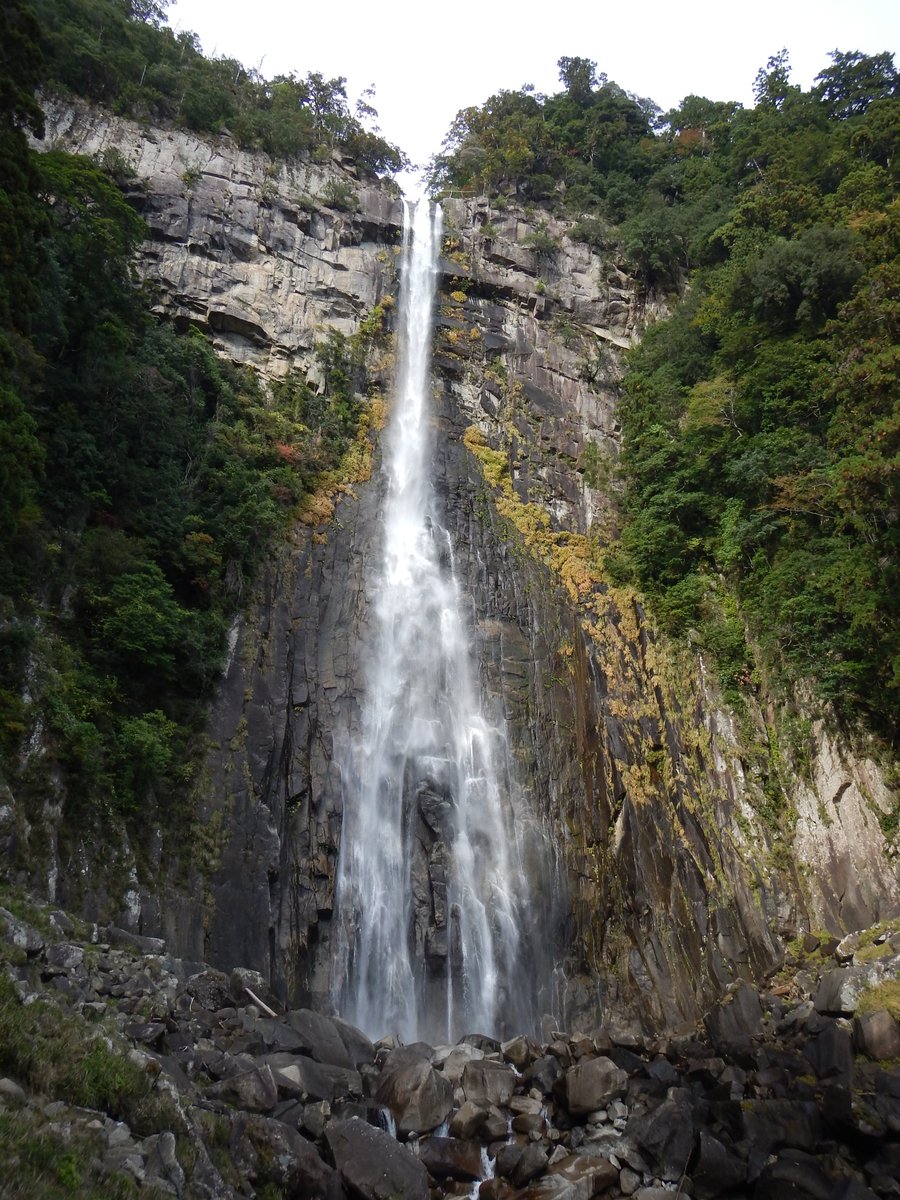

His legendary status was sealed with the prediction, by reading the stars, that Emperor Kazan (花山天皇) would abdicate in 986.
Championed by the de facto ruler Fujiwara-no-Michinaga (藤原道長), Seimei rose in rank and came to hold powerful positions outside the onmyō-ryō.
#Kyoto



Championed by the de facto ruler Fujiwara-no-Michinaga (藤原道長), Seimei rose in rank and came to hold powerful positions outside the onmyō-ryō.
#Kyoto




📢A side note to this... Emperor Kazan was basically manipulated by Fujiwara-no-Kaneie (藤原兼家 929-90) into giving up the throne, taken to Gangō-ji (元興寺) to take the tonsure. It seems he changed his mind, but realised too late that he had been tricked into abdicating.
#Kyoto
#Kyoto

Thanks to Seimei's influence, from Kamakura times right up until 1870 the Abe clan (安倍氏-later known as the Tsuchimikado family 土御門家) eclipsed the Kamo clan (賀茂氏) to dominate and control the onmyō-ryō (though its power had mostly waned after the Heian period).
#安倍晴明
#安倍晴明
Seimei's magical powers appeared when he was young.
His fox mother Kuzunoha (葛の葉) saw how he could dominate weaker oni (鬼-demons/ogres), and fearing he might become evil placed him in the hands of onmyōji Kamo-no-Tadayuki (賀茂忠行) so that he might grow to help others.



His fox mother Kuzunoha (葛の葉) saw how he could dominate weaker oni (鬼-demons/ogres), and fearing he might become evil placed him in the hands of onmyōji Kamo-no-Tadayuki (賀茂忠行) so that he might grow to help others.



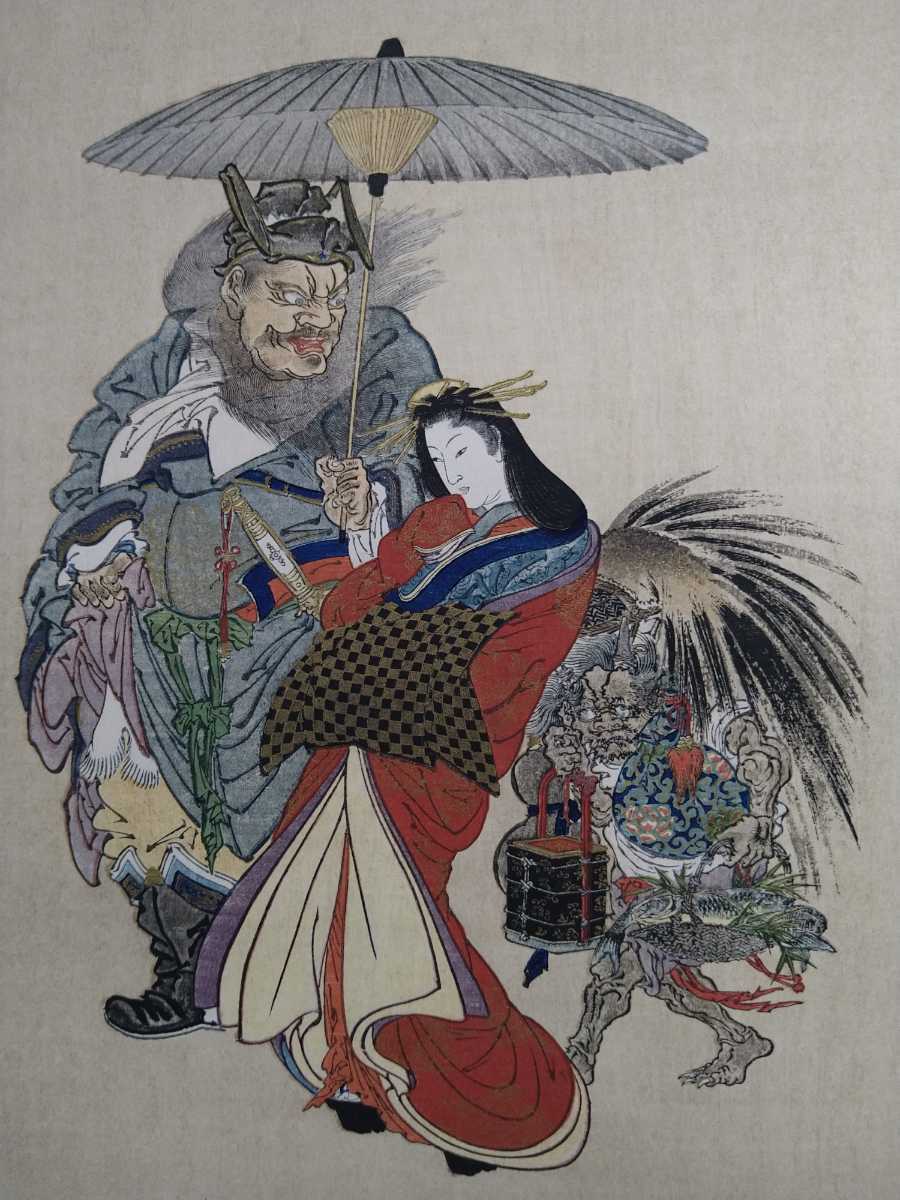
Appearing in 'The Tale of the Heike' (平家物語 'Heike Monogatari'), Seimei was involved in bringing down 2 great demon leaders: he helped Minamoto-no-Yorimitsu (源頼光) locate Shuten-dōji (酒呑童子), and advised Tsuna-no-Watanabe (渡邊綱) how to defeat Ibaraki-dōji (茨木童子). 






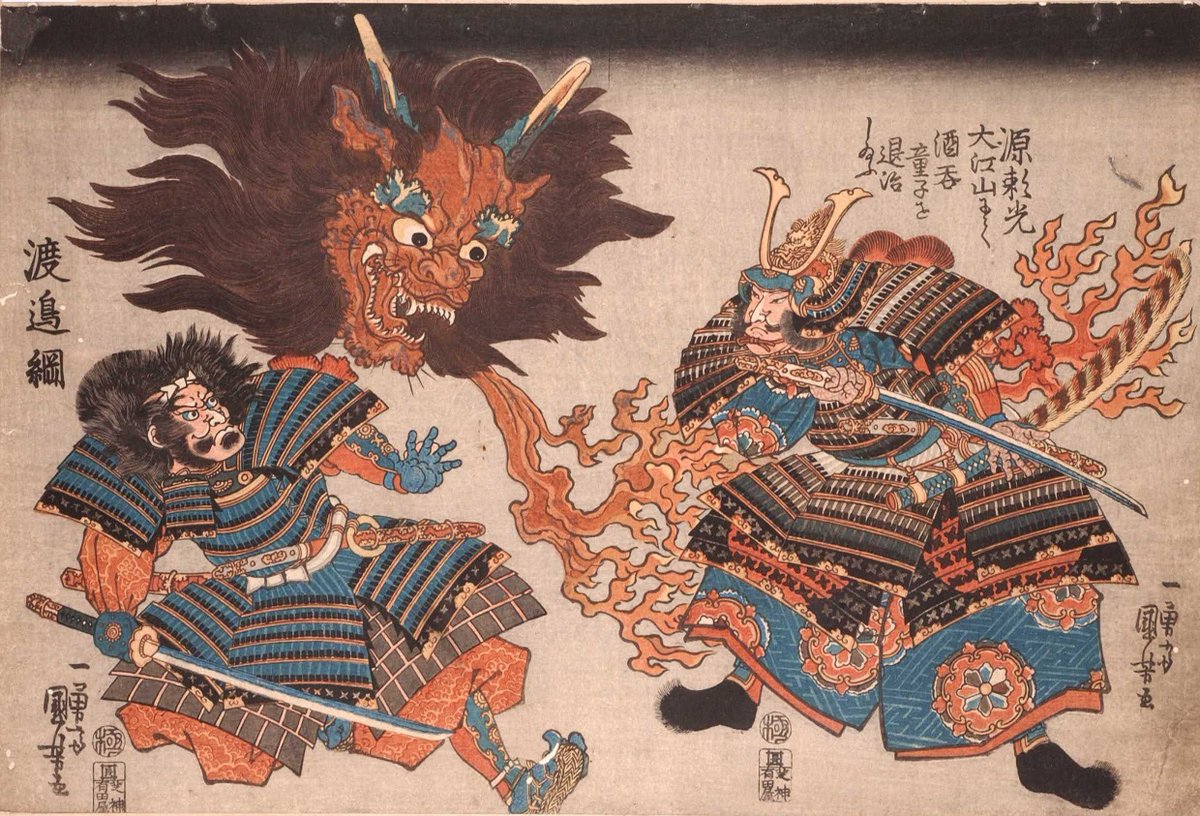
🦊FOX MOTHER✨
Thanks to his mother, Seimei is deeply linked to the cult of Inari, and the god's fox messengers.
The legend goes that Abe-no-Yasuna (安倍保名), Seimei's father, happened upon a fox ensnared in the Shinoda Woods (Settsu Province) and out of pity freed the creature.



Thanks to his mother, Seimei is deeply linked to the cult of Inari, and the god's fox messengers.
The legend goes that Abe-no-Yasuna (安倍保名), Seimei's father, happened upon a fox ensnared in the Shinoda Woods (Settsu Province) and out of pity freed the creature.




At that moment the hunter (a military commissioner hunting for fox livers to use in medicine) returned and fought with Yasuna.
Yasuna escaped with the fox, but was seriously injured and fainted. When he awoke he discovered he was being cared for by a beautiful woman.
#Japan



Yasuna escaped with the fox, but was seriously injured and fainted. When he awoke he discovered he was being cared for by a beautiful woman.
#Japan




Kuzunoha (葛の葉 'Kudzu Leaf') was the guardian of the Shinoda shrine, and she just so happened to be a fox. The couple fell in love and had Seimei.
Accompanying Yasuna to the capital, she lived her life in human form to raise their child.
#Japan #AbenoSeimei #葛の葉 #Kyoto



Accompanying Yasuna to the capital, she lived her life in human form to raise their child.
#Japan #AbenoSeimei #葛の葉 #Kyoto




It is only when he came of age that Seimei discovered his mother was a fox. In doing so the magic was undone and Kuzunoha was obliged to return to her old life as guardian of Shinoda Shrine.
She bestowed a final gift...Seimei could now understand the language of animals.
#Japan
She bestowed a final gift...Seimei could now understand the language of animals.
#Japan
• • •
Missing some Tweet in this thread? You can try to
force a refresh


